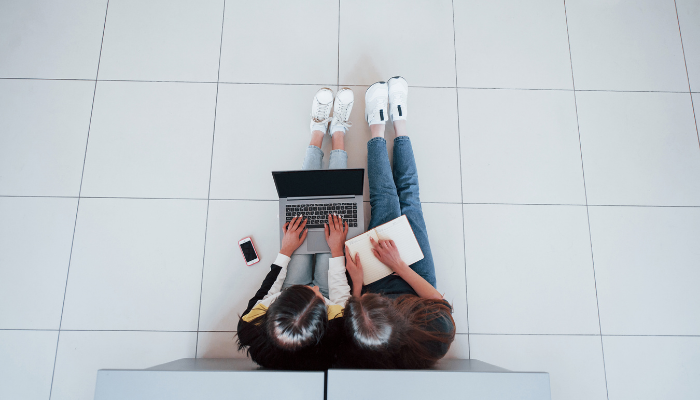Looking around at the trends, back to office is on the minds of all employees and business owners alike. It wouldn’t be wrong to say that the pandemic has changed how business is conducted forever. Even if employees are back to office, there would be many caveats in place. The functioning of the office itself wouldn’t be the way it was pre-pandemic.
A closer look at business types
For one thing, businesses and organizations, even those with a multinational presence, have realized that they can remain operational without being present at the office. Work still happens online and tasks get finished on time as remote working carries on through virtual collaboration. For some manufacturing and assembly units, it is mandatory to be back to office, if in lower numbers than before. For others, such as restaurants and eateries, the concept of back to office operations stays on side by side to new ventures such as doorstep delivery, takeaway options, or contactless service options that prioritize minimizing the risk to employees.
You might also be interested to read: Putting India Back To Work Safely
To carry the case study of the restaurant business a step further, one might argue that fewer restaurants enjoy walk-in diners and demand as before. This is true. With workplaces seeing fewer footfalls and most employees, who were the prime customers of these eaters, staying home, the demand is permanently set to these new standards. This is why the restaurant industry has to supplement dine-in demand with home-delivery options.
A revision in the “back to office” meaning
One thing is clear: back to office is not a straight and simple reversal of the rules that came into force in the early months of the year 2020. Even as vaccines pass the development stage and reach testing phases, the onus is on business owners, leaders, and the c-suite to decide whether their workforce can safely get back to office in this climate. Whether the vaccine is safe and effective is the primary question on the minds of healthcare workers and researchers.
Businesses and the general public deal with the fall out of vaccination are right to be cautious. For their part, HR executives should focus on reimagining the office and work life after COVID-19 in cautious, phased plans.
Hybrid models for returning to the workplace are the safest. With a limited number of personnel to look after, HR can put directives and contingency scenarios in place for social distancing, mask-wearing, hand-hygiene, and social interaction protocols. As a higher number of staff return to work, policing and enforcing these policies will become more challenging.
A perspective for leaders
As the human resources department knows better than any other, more people returning to office means more people breathing the same air, touching the common high-touch surfaces, and the greater odds of violation in the safety protocols. Simply put, it’s a greater number of people back to office and making themselves vulnerable to infection. Risky as this is for the young workforce, this can be a more serious danger for the senior executives.
In conclusion, back to office is not a unilateral, one-size-fits-all decision that can be made off hand. In fact, the propensity of such a decision suiting the new normal necessitated by the global pandemic is slim. Health officials also say that even if this pandemic ends, this one certainly isn’t the last to sweep over the working populace. Therefore, the way forward for workplaces should be better hygiene and person-to-person interaction norms that aren’t solely dependent on sharing the same physical space.
References:
- Back To Office: Are we ready to go back yet? | Financial Express | Reya Mehrotra | Jan 10, 2021
- A Pandemic of Discontent: The Growing Woes of India’s Food Delivery Workers | The Wire | Gayathri Vaidyanathan | Dec 22, 2020
You might also be interested to read:
Trending Topics:






